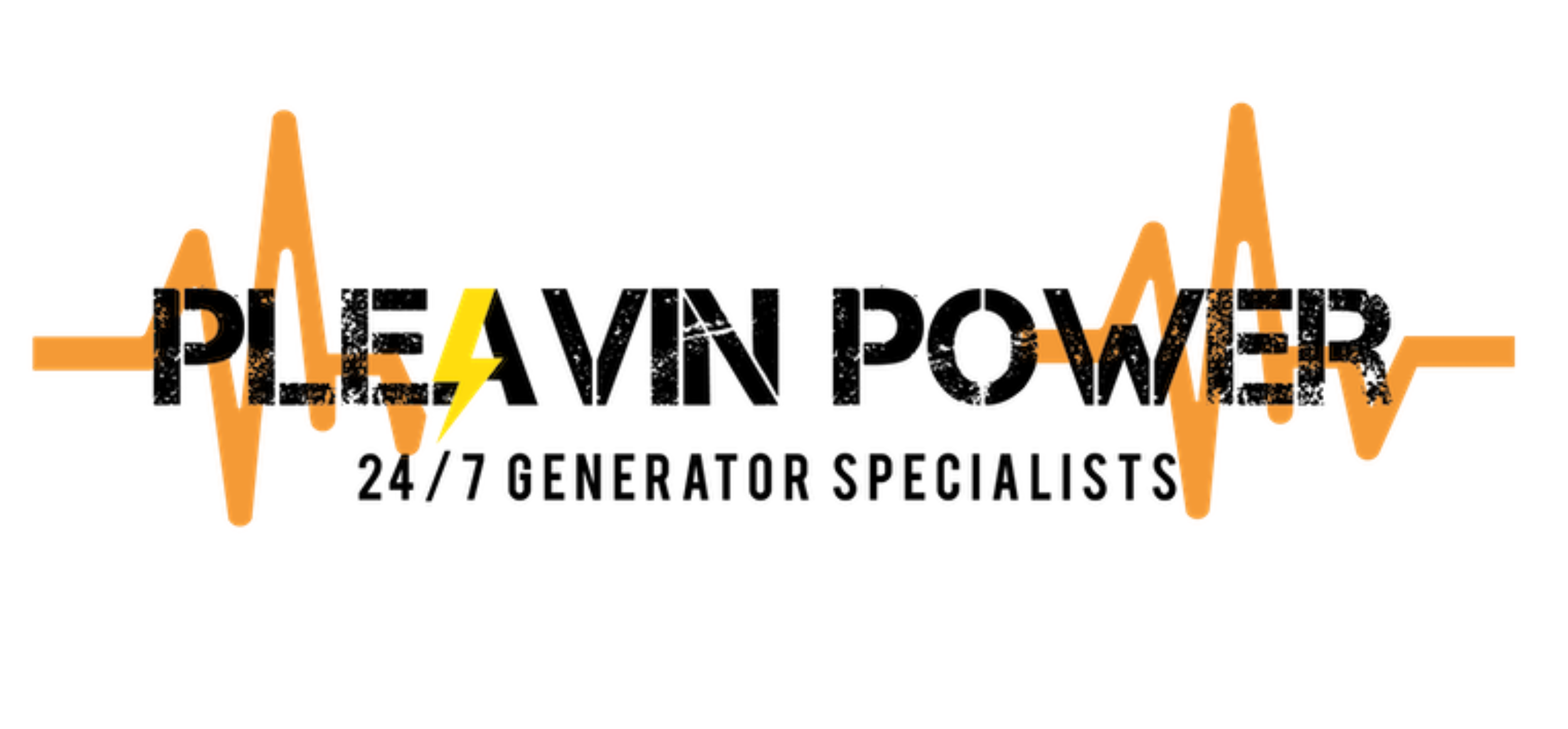Passionate People. Powerful Solutions.
Power Quality Analysis, Surveys & Report Services
At Pleavin Power, we offer expert Generated & Distributed Power Quality Surveys. We understand that poor, or unstable power quality has several adverse effects on an electrical system
- Testing and Diagnosis
- Project Planning
- Post Survey Action Plan
How Can We Help?








Power quality surveys
At Pleavin Power, we offer expert Generated & Distributed Power Quality Surveys. We understand that poor, or unstable power quality has several adverse effects on an electrical system. The results of this can be due to poor power factors caused by unstable loads or electrical noise – commonly known as harmonics. Both of these factors can cause several serious issues within your systems and combined can result in a significant decline in your power system longevity.
Poor power factor – harmonics or electrical noise can cause power system component failure and more. This can include things such as overheating, overcurrent trips, sensitive equipment damage nuisance tripping.
These can be prevented, however, with the deployment of the correct equipment to increase the longevity and reliability of your critical systems.

Pleavin Power Solutions
Our expert team use a combination of their extensive experience and the latest technology to conduct intrusive power quality studies. This can include localised equipment investigation through site-wide power studies.
Similar actions help to identify key areas of concern and areas in which significant improvements can be made. Once areas of concern are identified we can work with you to implement solutions. Some of them include installing preventative measures and advanced correctional equipment. Poor Power Factor, Harmonics & Electrical noise can all become a thing of the past.
It is important to note that in any application supported by onsite or mobile generation the load has to not only be considered for the sizing of the generator but the quality of the power that is to be consumed.
For highly inductive loads or highly capacitive loads, a generator oversizing calculation has to be completed to account for the adverse effects these types of loads have on generated power and the negative effect. It has on the overall system power factor.
In localised power generation poor power factors and harmonics can cause engines to work harder to maintain good quality output. In some cases, this can cause the generator rotor to overhead and fail when configured incorrectly.
A generator operating with a poor or unstable power factor will effectively be working twice as hard as required. Therefore, increasing wear and tear, maintenance, the chance of breakdown and fuel consumption.

How to make sense of power factor
If a circuit were 100% efficient, demand would be equal to the power available. When demand is greater than the power available, a strain is placed on the utility system. Many utilities add a demand charge to the bills of large customers to offset differences between supply and demand (where supply is lower than demand). For most utilities, demand is calculated based on the average load placed within 15 to 30 minutes. If demand requirements are irregular, the utility must have more reserve capacity available than if load requirements remain constant.
As you are most probably aware, peak demand is when demand is at its highest. The challenge for utilities is delivering the necessary power requirements to handle every customer’s peak. Using power at the very moment of the highest demand can disrupt the overall supply – unless there are enough reserves at hand. Therefore, a utility bill for peak demand. For larger customers, utilities might even take the largest peak and apply across the full billing period.
Utilities apply surcharges to companies with a lower power factor. The costs of lower efficiency can be steep – driving a petrol-guzzling car for example. The lower the power factor, the less efficient the circuit and the higher the overall operating cost. However, the higher the operating cost, the higher the likelihood that utilities will penalise a customer for over-utilisation. In most circuits, there is never a power factor equal to one because there is always some situational impedance on the power lines.
Types of Power
Beer is active power (kW)—the useful power, or the liquid beer, is the energy that is doing work. This is the part you want.
Foam is reactive power (kVAR)—the foam is wasted power or lost power. It’s the energy being produced that isn’t doing any work, such as the production of heat or vibration.
The mug is apparent power (kVA)—the mug is the demand power, or the power being delivered by the utility.
Power factor explained
Power factor is an expression of energy efficiency. It is usually expressed as a percentage – and the lower percentage, the less efficient power usage is.
Power factor (PF) is the ratio of working power, measured in kilowatts (kW) to apparent power, measured in the kilovolt amperes (kVA). Apparent power, also known as demand, is the measure of the amount of power used to run machinery and equipment during a certain period.
It is found by multiplying (kVA = V x A). The result is expressed as kVA units.
PF expresses the ratio of true power used in a circuit to the apparent power delivered to the circuit.
A 96% power factor demonstrates more efficiency than a 75% power factor.
PF below 95% is considered inefficient in many applications.
How to calcuate power factor
- PF = (True power)/(Apparent power) OR
- PF = W/VA
- Heat damage to insulation and other circuit components
- Reduction in the amount of available useful power
- A required increase in conductor and equipment sizes







